The Wellness Quest by Dr. Kate Browne
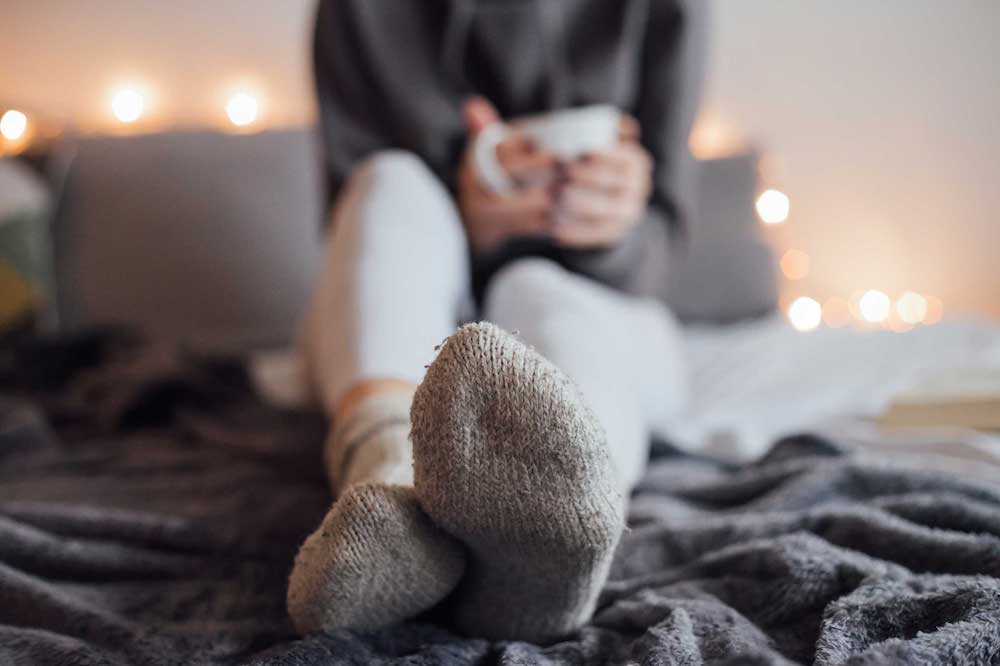
During the summer of 4th grade, I read two life-changing books. The first was a short story collection called If This Is Love, I’ll Take Spaghetti. One of its nine stories features Jamie, a teenage girl who decides to lose 20 pounds so she can ask out her crush. When the boy decides to go out with her anyway, she continues to pursue weight loss “just for myself.” In a romantic fantasy gesture that only diet culture could dream up, her new boyfriend helps her stick to her diet–she gets the guy and the body of her dreams.
The second book that changed by life that summer was This Is Living: How I Found Health and Happiness, a memoir by British actress Lynn Redgrave. In many ways, the book is a typical celebrity autobiography highlighting Redgrave’s rise as an actress, her well-connected family, and a journey of self-acceptance through weight loss. After losing about 35 pounds, Redgrave writes that she was finally able to beat back the negative self-talk and the “Fat Ogre” that made her unhappy since childhood.
Being bullied about my size made me desperate for a happy ending to my life story that I thought would be doomed as long as I was fat. So, from that fateful summer on, my favorite books were memoirs about weight loss, especially autobiographies. I tried to find someone’s story that seemed the most like mine so I would know what steps to take to find a boyfriend* that would love me enough to help me stick to my diet instead of running away. That fictional fantasy of If This Is Love, I’ll Take Spaghetti combined with the real life lessons of Lynn Redgrave’s triumph over the battle of the bulge to become a famous actress (like I wanted to be!) motivated me during another summer of fat-free pretzels and turkey sandwiches. (It was the late 1990s, after all…)
Much later, when I started graduate school, I wanted to answer the question that stayed on my mind since my childhood Weight Watchers days: why did I try so hard to find weight loss success stories to motivate me? What was it about these authors or the way the story is told that makes reading these books more like a textbook than something you read for fun?
As I researched the rhetorical patterns of these stories, I learned that I wasn’t the only one who turned to autobiography for “inspiration.” Many women use Before and After weight loss success stories as motivation to exercise, to stick to a diet, or to fuel other kinds of personal growth. I read over 300 of these stories as part of my research, and I learned that there are some very specific features that were intentionally designed to–you guessed it–sell more weight loss products. Redgrave’s memoir, for example, was published by Weight Watchers. Nearly every major spokeswoman of a commercial diet program has a memoir published under her name that focuses on weight loss as the key contributing factor to her happiness.
Weight loss success stories may be the most pervasive narrative about what is expected of plus size women and our pursuit of health and happiness, but I’m encouraged by the main takeaway from my research: if we created one stories, we can create others. In order to harness the true power of stories to inspire us toward personal growth, we need to read and write more empowered stories about what it’s like to live as a large-bodied person. Instead of promoting one ideal, we need to see that defining, pursuing, and achieving goals as we define them is possible. We need more stories of all kinds from celebrities and everyday people that treat weight loss is an anecdote instead of the antidote.
Luckily, some of these stories have already been written. We have fiction (novels) and non-fiction (memoir) that offer ways to see ourselves reflected through other people and characters in a full spectrum of self-expression. The following books are examples of how to tell more diverse stories about the experiences of body size beyond Before and After.
Non-fiction (‘zine)
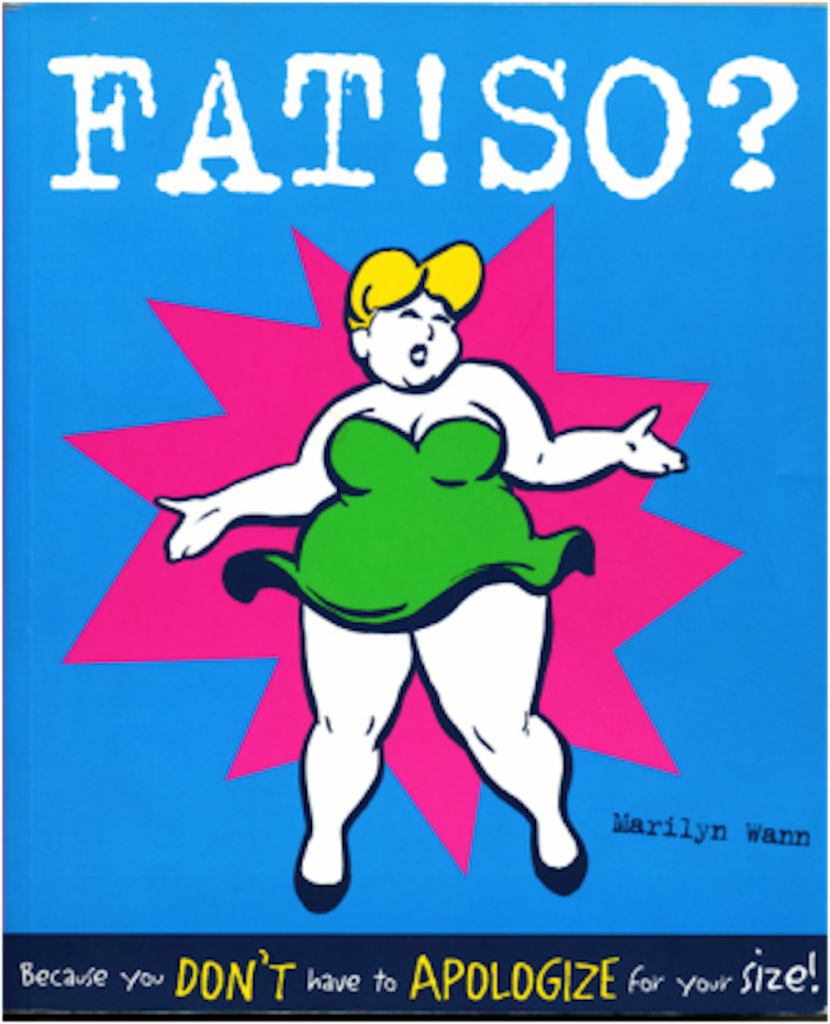
Fat!So? is a classic in fat acceptance, size acceptance and body positive communities. It has a pop art style, which allows multiple voices and perspectives to shine. It’s a quick read and lighthearted enough to be accessible to readers who are new to thinking about body politics outside the fat/thin paradigm.
Every Body Yoga by Jessamyn Stanley
Non-fiction (memoir)
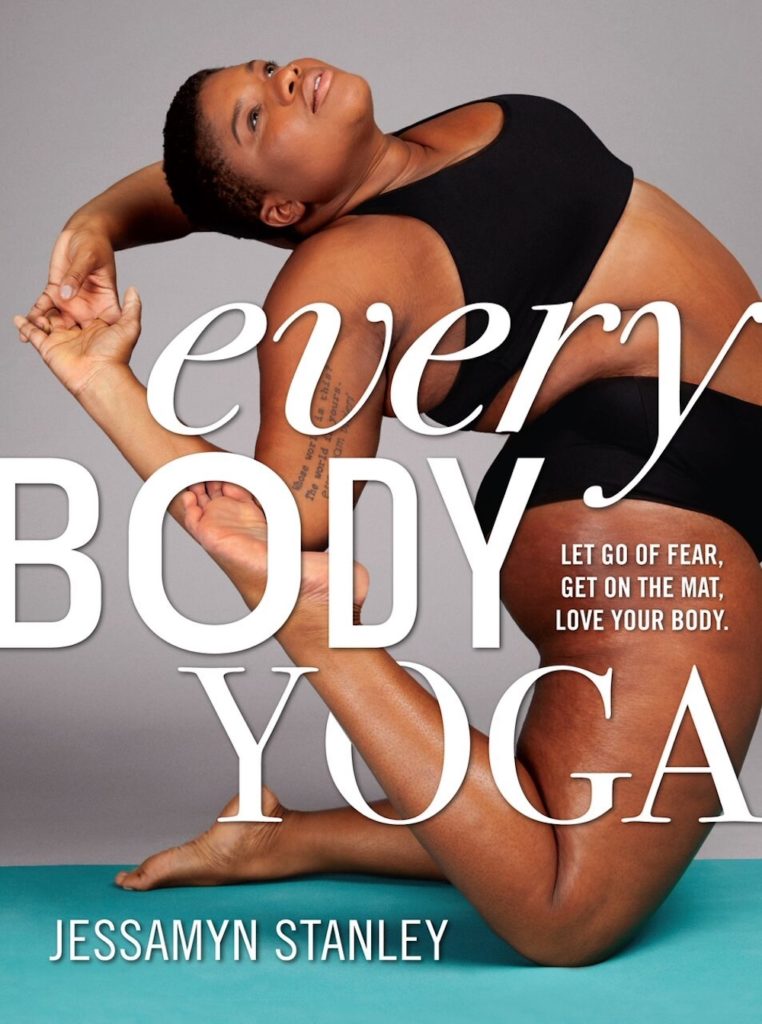
Every Body Yoga is part memoir, part introduction to yoga. Its photo-heavy layout makes it a great coffee table book and conversation-starter. The photos also help dispel the myth of the ideal “yoga body” as a thin, white woman. Jessamyn shares a lot of vulnerability and honesty about her current practice and how she incorporates yoga into her life as an emotional and mental wellness tool.
Non-fiction (memoir)
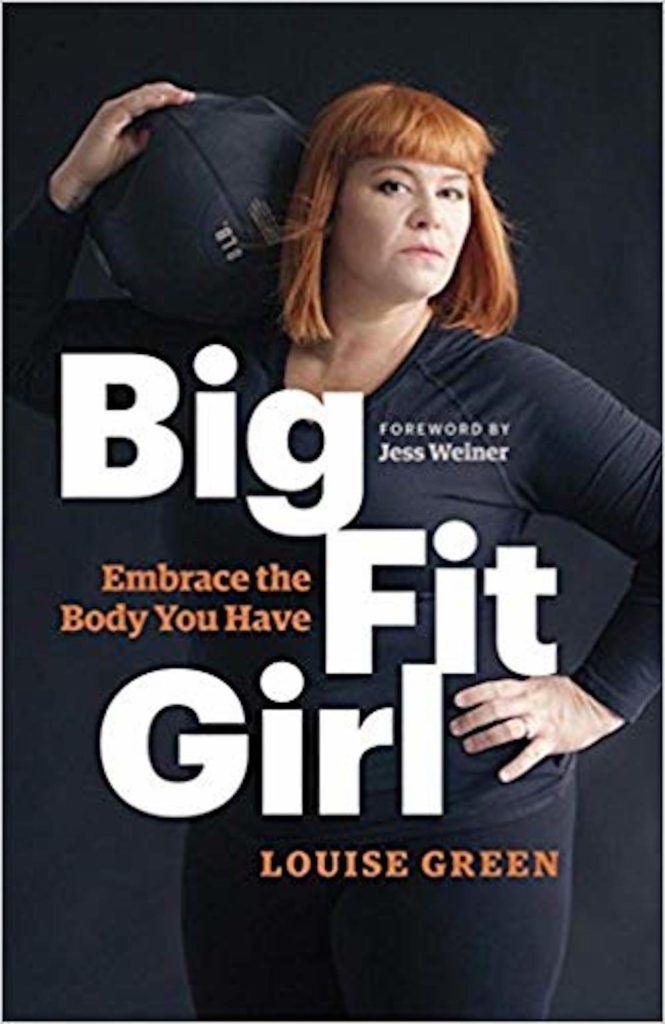
Louise Green is a plus size athlete and personal trainer who shares her story of improving her health habits with the help of her coach. She finds endurance sports as an outlet and overcomes obstacles of body image perpetuated by the mainstream fitness industry that keeps many plus size women from believing that they have a place in athletics.
A Beautiful Work in Progress by Mirna Valerio
Non-fiction (memoir)
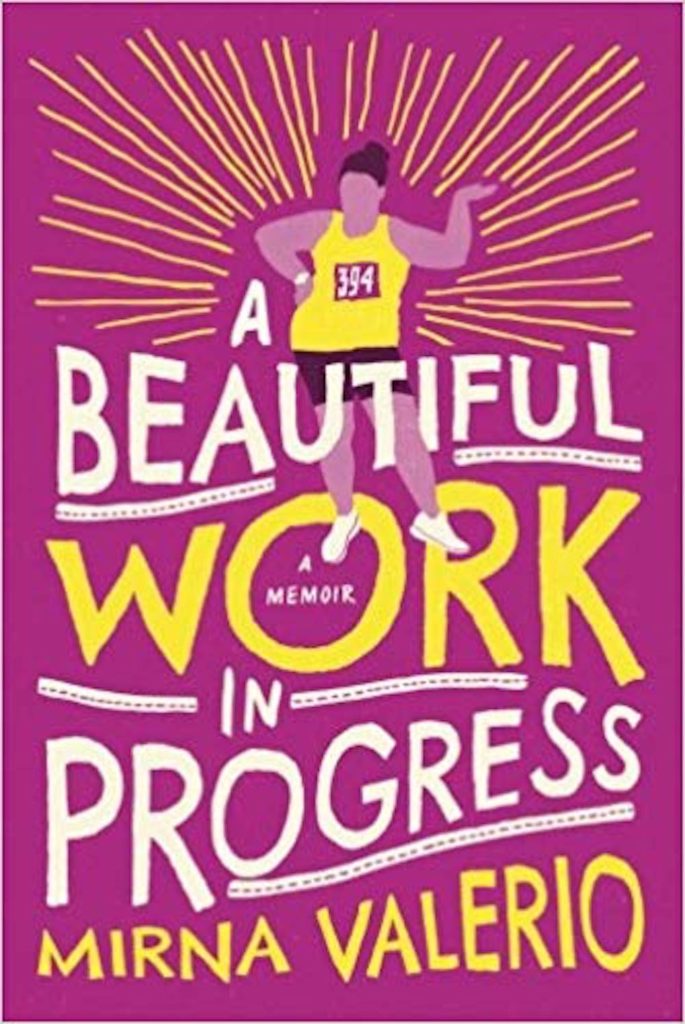
Ultrarunner Mirna Valerio’s book reads more like a travel memoir than a book about running. She takes readers on a journey along the trails she runs through training and competing in some of the toughest ultramarathons out there, confronting prejudice in the trail running community head on.
Non-fiction (memoir)

Bad Feminist author Roxane Gay writes a harrowing autobiography of her body in Hunger. It is one of the more traditional literary autobiographies on my list but one that I would recommend to anyone interested in body politics.
Non-fiction (essays)
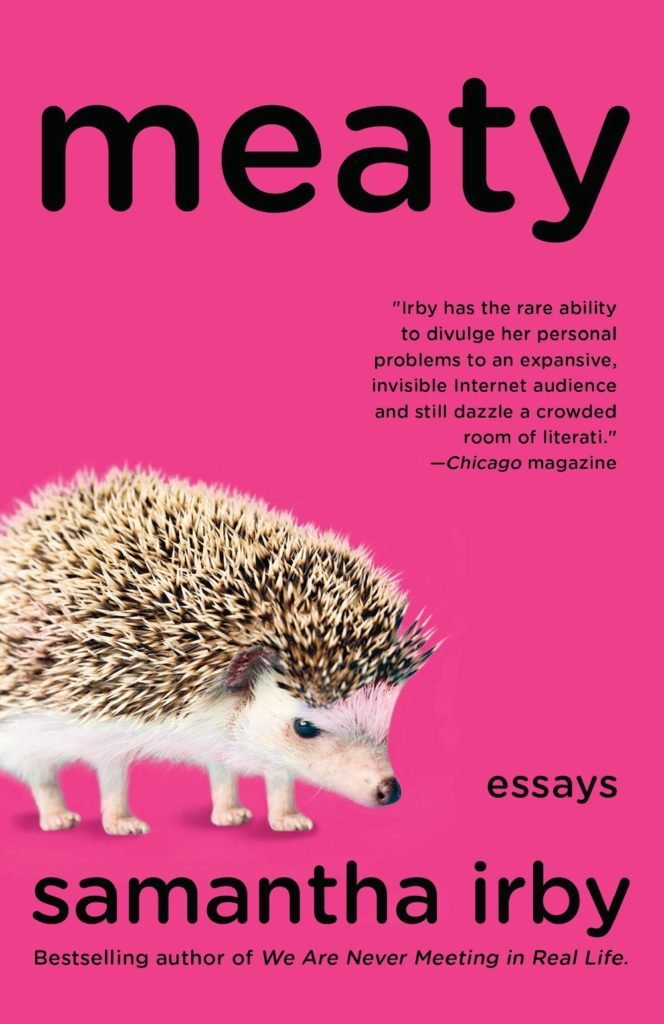
Meaty might be my favorite body-based autobiography of all time. The author will tell you that it’s just a book full of butt jokes, but if you read between the self-deprecating punchlines, Meaty is an exquisite example of how to write about the body beyond binaries.
Dumplin’ by Julie Murphy and Dietland by Sarai Walker
Fiction (novel)
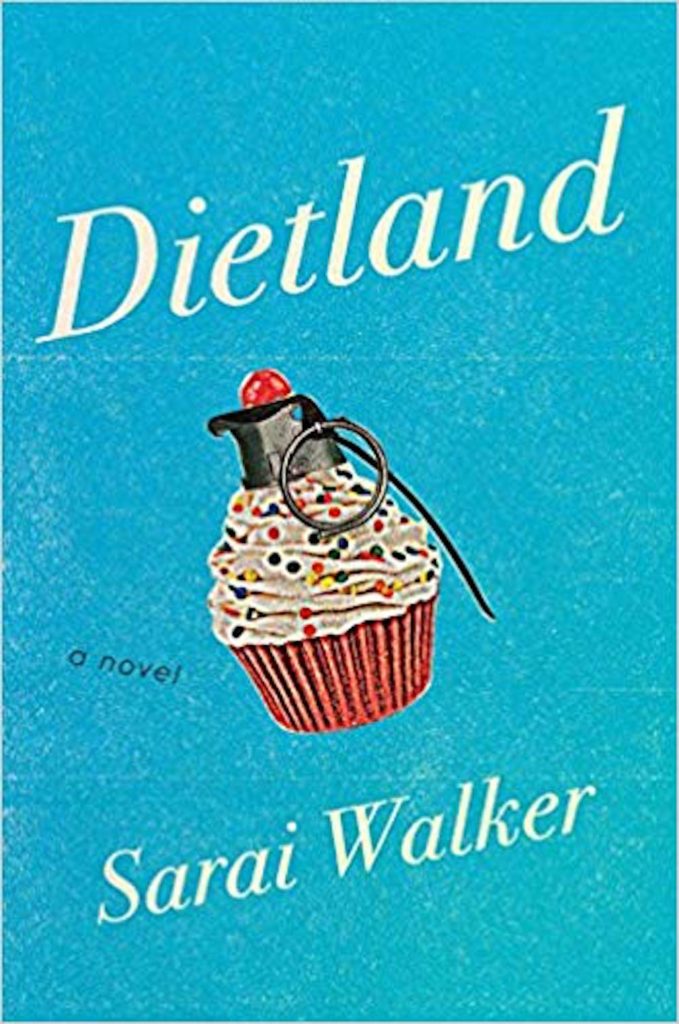 .
. 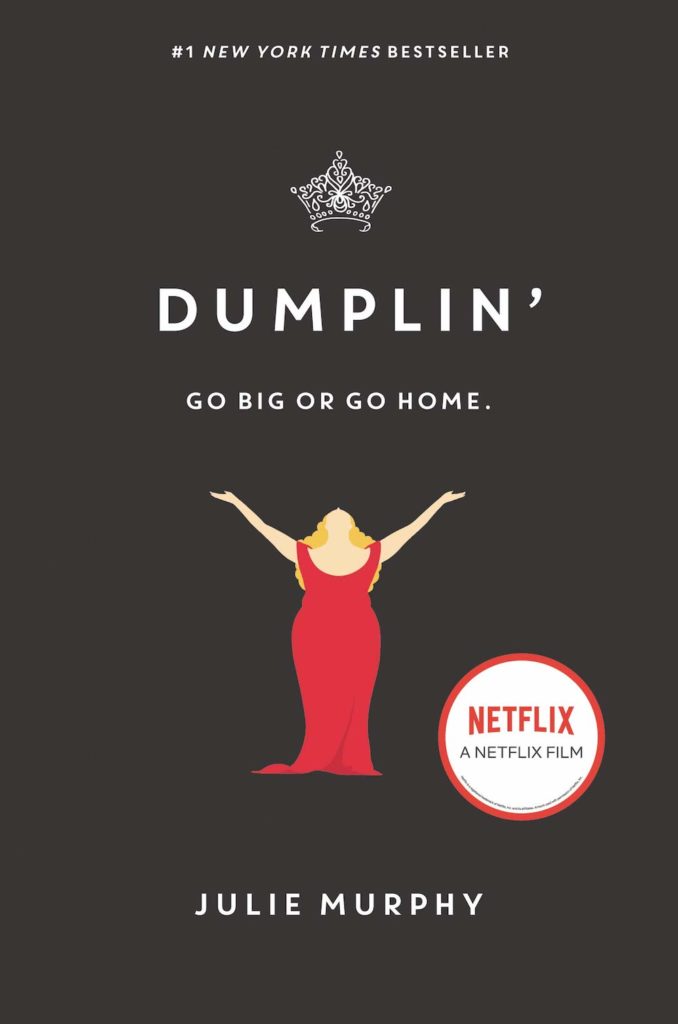
We’re going to talk about the screen adaptations of Dumplin’ and Dietland too, but the books represent a short list of novels about fat women and girls that have hit the mainstream. As these books show, fiction also teaches us what stories are available as these characters have the opportunity to be dramatized on film. Dumplin’ is a coming-of-age story about friendship and family as much as it is about body image, showing that characters of all body sizes experience shared trials and triumphs. Dietland brings a depth of intrigue and suspense to its main character Plum Kettle for a complex, nuanced portrayal.
My Big Fat Manifesto by Susan Vaught
Fiction (novel)
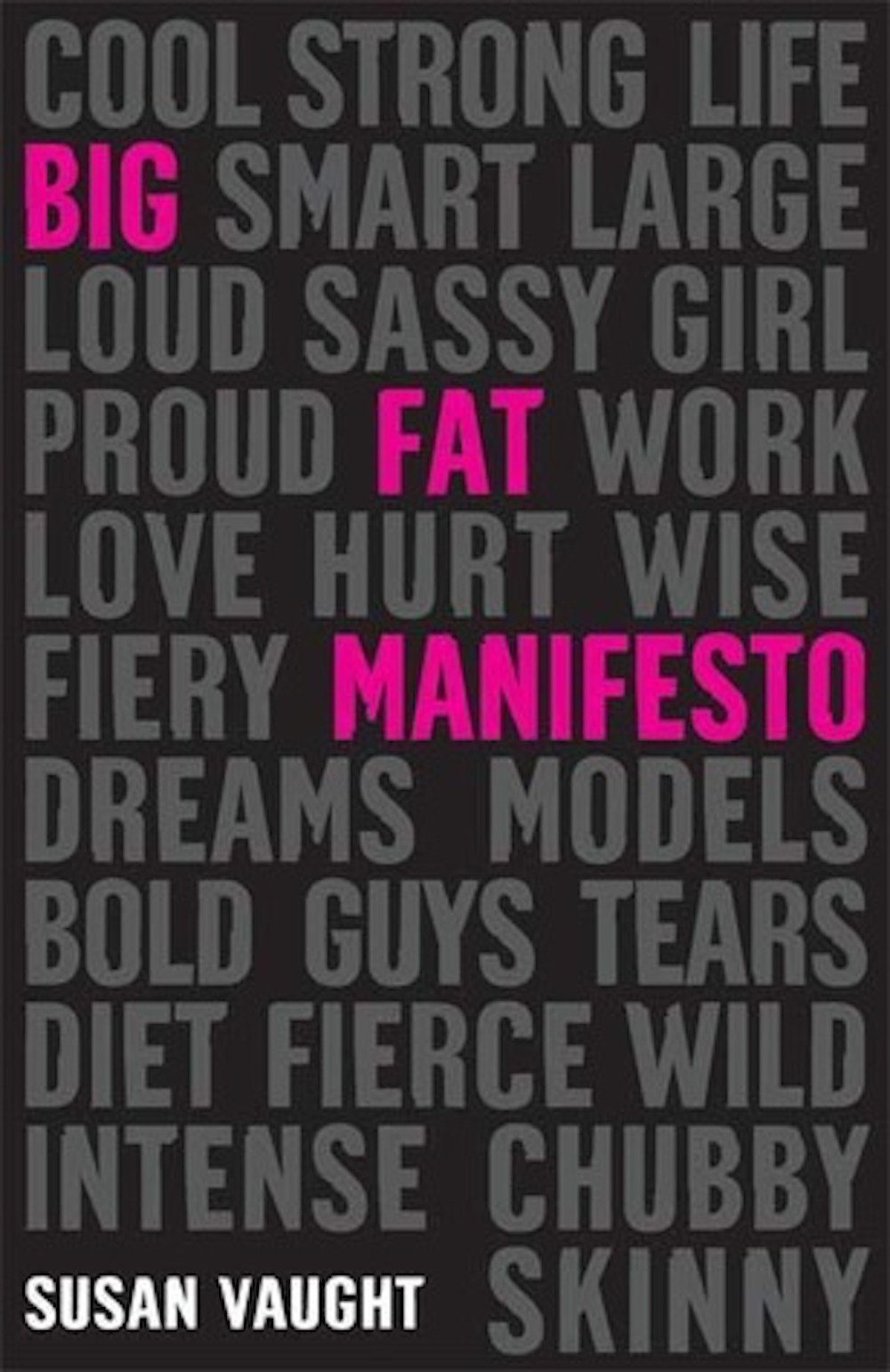
Examples of excellent teen-centered fiction continue to increase, but My Big Fat Manifesto offers something a bit more meta as it focuses on writing within the novel. Using the conceit of the newspaper column means that readers experience more of Jamie’s perspective as well as the process for how she approaches writing about herself.
Faith, written by Jody Houser with art by Pere Perez and Marguerite Sauvage
Fiction (comic book series)

As of 2016, Faith is back with a new creative team that has embraced the possibilities for a fat superhero. She can fly, has telekinetic powers, and fights an assortment of evildoers from robots to monsters. I like reading Faith because having a superhero role model for women in comics is so rare, but Faith doesn’t take itself too seriously–a good lesson for us all on a body positive path.
This list is certainly not exhaustive, and there are many more authors like Virgie Tovar, Jes Baker, Lesley Kinzel, Lindy West, and Sonya Renee Taylor who skillfully weave personal stories about body image into their writing. As you start to read more stories about body diversity that includes disability, gender, and race alongside body size, I hope you’ll see how much room we have to create new possibilities in storytelling. Imagine what would happen if more ten year old kids could see themselves growing into teens and adults who can live with a full range of experiences no matter what their body looks like.
Now that’s a story with the happiest ending.
